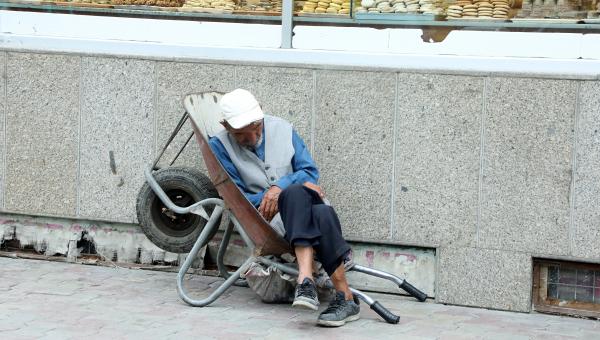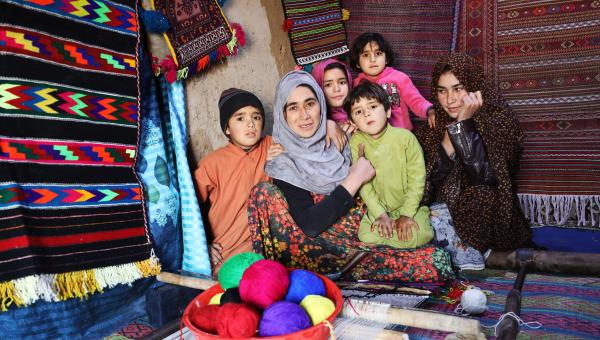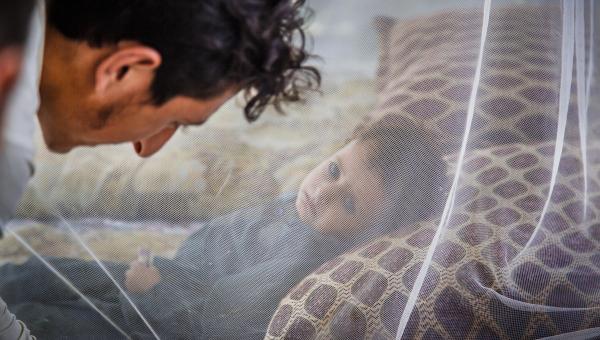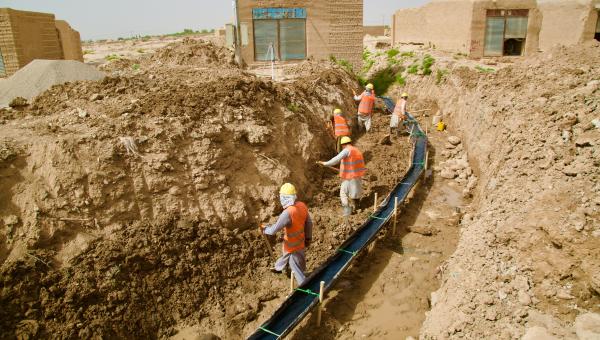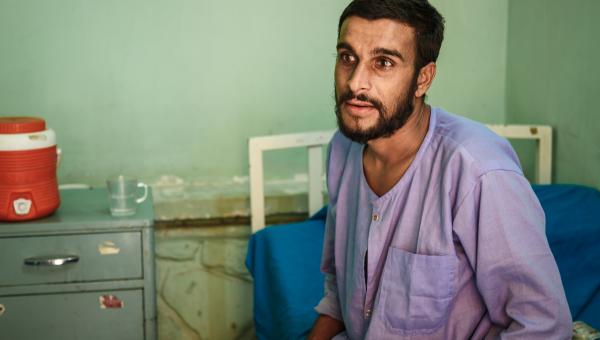Support of Afghanistan's Banking and Financial Sector to
Delivery of Essential Humanitarian Aid, Socio-Economic Recovery and Development
Overview
The Afghan economy shrank by 20.7 percent, or 5 billion USD, between 2021 and 2022, after the power shift in August 2021. This was a huge setback, as it took almost ten years to generate that amount. The political turmoil also caused banking sector problems that hurt the macro-economic situation, the private sector, and the overall economy. International aid was cut off, leading to an economic confidence crisis. By mid-2022, the Afghan economy showed some signs of stabilization, but at a fragile low-level. This did not ease the burden on Afghan families, who struggled to maintain their livelihoods. The reduction of the service and security sectors, which depended on aid, had negative impacts on other sectors of the economy, lowering the welfare and purchasing power of the people.
Objectives
UNDP, in partnership with UNCDF, introduced a comprehensive project initiation plan to revitalize Afghanistan’s commercial banking and microfinance and to support their conversion to Islamic banking as well as facilitate private sector access, particularly women entrepreneurs, to modern Islamic finance products. The project had four key components which are mutually reinforcing. Providing support to the banking system was at the center of the project.
- Technical assistance to the microfinance sector to support the transition to Sharia governance and Islamic finance, as well as building the capacity of MFIs in developing and serving financial products for women entrepreneurs.
- Establish a credit guarantee fund (CGF) for Islamic Finance modalities to eliminate bottlenecks and enable the mobilization of Afghanistan’s domestic resources to reach the most vulnerable and essential sectors of the economy.
- Access to finance for women-led SMEs through a guaranteed structure entailing a revolving credit facility and business advisory services to sustain and improve the production capacity of the women-owned SMEs, value chains, and export opportunities.
- Strengthening the digital payment ecosystem in Afghanistan by leveraging cash-based interventions of UNDP to support the resilience of the population to the crises and facilitate financial inclusion and sustainable development in the longer term.
Major Achievements
- The project successfully negotiated the credit guarantee system with the Afghanistan Credit Guarantee Foundation and the banking sector and designed the portfolio of guarantees with all relevant internal documents.
- The project developed the women's revolving facility and built the capacity of participating women entrepreneurs.
- The bank assessment is fully completed, covering four banks - Ghazanfar Bank, First Microfinance Bank, AFMFB, and GT and two microfinance organizations - OXUS and Mutahid.
- Digital payment solutions were piloted with 7 INGOs, responsible parties of ABADEI, Although the target of the pilot was to transfer $725K to 4,654 beneficiaries, the actual results surpassed expectations, with $1,113,918 in transactions to 15,150 beneficiaries. The cash disbursement targets were overachieved by 35%, and the number of beneficiaries was overperformed by 69%. With an initial target for women beneficiaries of 961, the Project reached 2,798 women beneficiaries who received their cash transfers through digital payment solutions.
Related Materials
Impact
Relevant Content

 Locations
Locations
